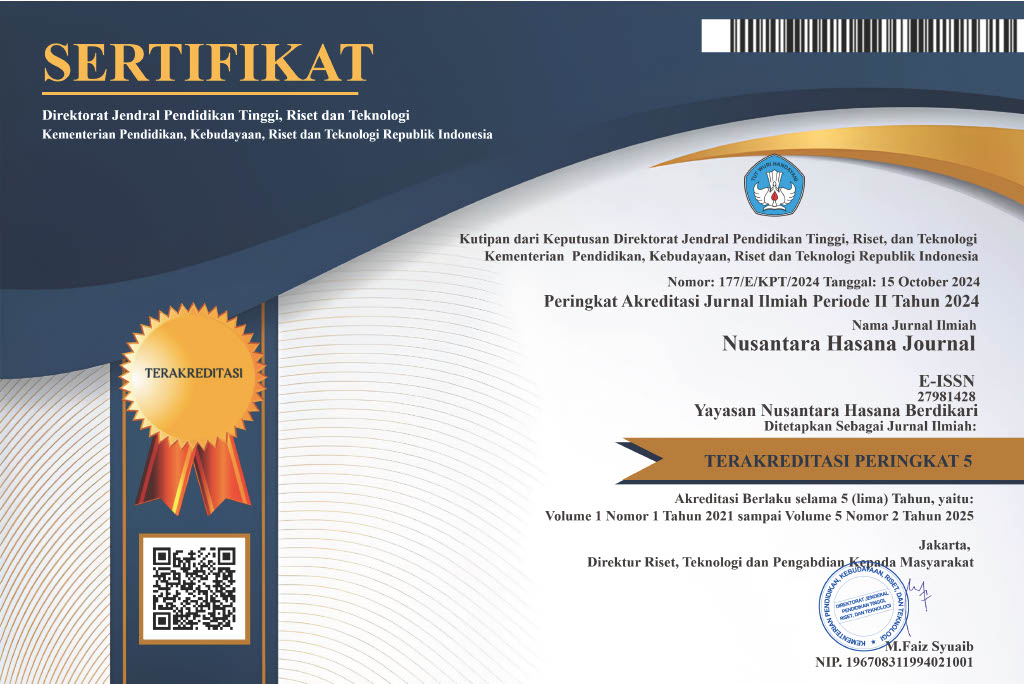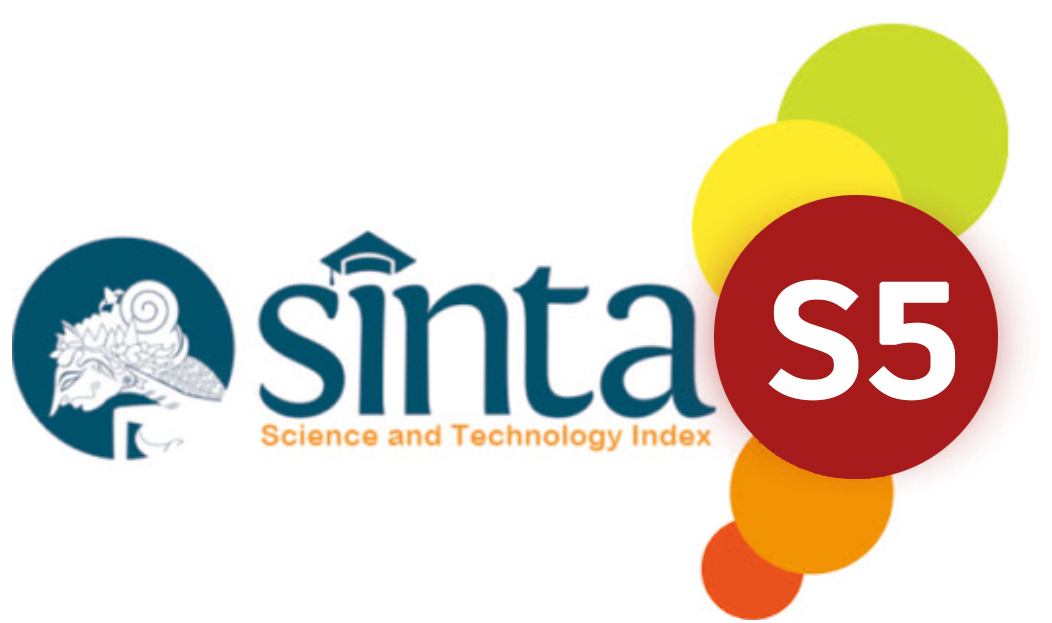EFEKTIVITAS EKSTRAK Zingiber purpureum DALAM MENURUNKAN KADAR GLUKOSA DARAH PADA TIKUS Rattus norvegicus MODEL OBESITAS
Keywords:
Zingiber purpureum, blood glucose, obesity, Rattus norvegicus, phytotherapyAbstract
This study evaluated the effectiveness of Zingiber purpureum extract in lowering blood glucose levels in obese Rattus norvegicus mice. Twenty mice were divided into five groups (n=4): negative control, positive control, comparison, treatment 1 (P-1; 100 mg/kgBW), and treatment 2 (P-2; 200 mg/kgBW). The treatment was given for 4 weeks. Blood glucose levels were measured before and after treatment. The Kruskal-Wallis test showed significant differences between groups (p=0.005), with the greatest decrease in blood glucose in P-2 (mean Δ=32.25 mg/dL). These results indicate the potential of Zingiber purpureum as an adjuvant therapy to lower blood glucose in obesity.
Downloads
References
Abdullah D. (2022). The anti-inflammatory and anti-diabetic effect of Zingiber purpureum extract in metabolic syndrome: A review. Journal of Ethnopharmacology, 288, 115024.
Nasir N. (2021). Zerumbone improves insulin sensitivity via activation of GLUT4 pathway in high-fat diet-induced diabetic rats. Biomedicine & Pharmacotherapy, 137, 111344.
Putri YA. (2020). Effects of Zingiber purpureum extract on glucose homeostasis and pancreatic β-cell function in diabetic rats. Asian Pacific Journal of Tropical Biomedicine, 10 (8), 372-377.
Sari RP. (2019). The potential of Zingiber purpureum extract on blood glucose levels in streptozotocin-induced diabetic rats. Journal of Diabetes Research and Clinical Metabolism, 8 (1), 1-5.
Permatasari T. (2017). Phytochemical screening and antidiabetic activity of Zingiber purpureum extract. International Journal of Pharmacy and Pharmaceutical Sciences, 9 (6), 189-193.
Rahman MA. (2018). Bioactive compounds from Zingiberaceae family with antidiabetic potentials: A review. Journal of Food Biochemistry, 42 (1), e12404.
Reed MJ. (2018). A new rat model of type 2 diabetes: the fat-fed, streptozotocin-treated rat. Metabolism, 47 (5), 549-553.
Othman AI, et al. (2020). Ginger extract ameliorates high-fat diet-induced insulin resistance by modulating IRS-1/PI3K/Akt pathway. Biomedicine & Pharmacotherapy, 132, 110841.
Chooi YC, Ding C, Magkos F. (2019). The epidemiology of obesity. Metabolism, 92, 6-10.
Hossen MJ, et al. (2017). Zerumbone: A natural compound with multiple health benefits. Food Chem Toxicol, 109 (Pt 1), 112-121.
Srinivasan K. (2016). Metabolic syndrome—a comprehensive review on pathophysiology and therapeutic aspects. Current Diabetes Reviews, 12(4), 321-335.
Speakman JR. (2019). Obesity and thermoregulation. Handbook of Clinical Neurology, 167, 573-581.
Yuniarti T, et al. (2020). Phytochemical constituents and antioxidant activity of bangle (Zingiber purpureum) extract. Indonesian Journal of Pharmacy, 31 (1), 22-28.
Poudyal H, Panchal SK, Ward LC, Brown L. (2019). Chronic high-fat feeding increases mitochondrial oxidative stress but not insulin resistance in the heart of obese rats. Nutrients, 11 (3), 531.
Hotamisligil GS. (2017). Inflammation, metaflammation and immunometabolic disorders. Nature, 542 (7640), 177-185.
Klimentidis YC. (2018). Genetic association of body mass index with cardiometabolic traits and markers of inflammation. International Journal of Obesity, 42 (2), 387-391.
Downloads
Published
How to Cite
Issue
Section
License
Copyright (c) 2025 Riki Nova

This work is licensed under a Creative Commons Attribution-NonCommercial-ShareAlike 4.0 International License.
NHJ is licensed under a Creative Commons Attribution-NonCommercial-ShareAlike 4.0 International License.
Articles in this journal are Open Access articles published under the Creative Commons CC BY-NC-SA License This license permits use, distribution and reproduction in any medium for non-commercial purposes only, provided the original work and source is properly cited.
Any derivative of the original must be distributed under the same license as the original.
























